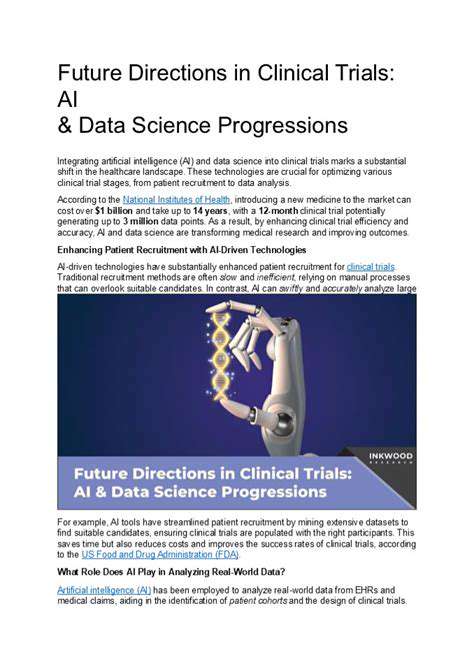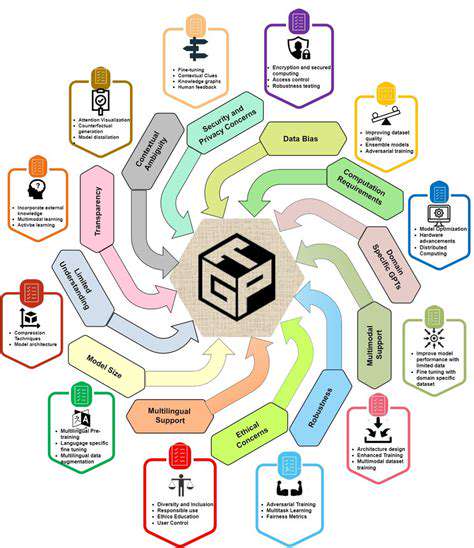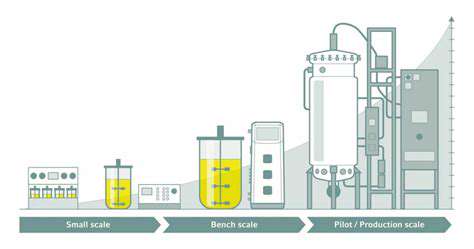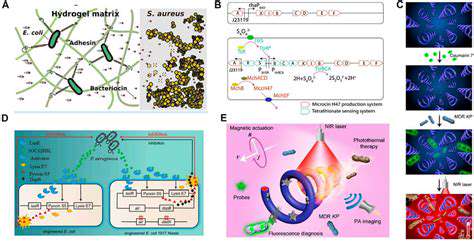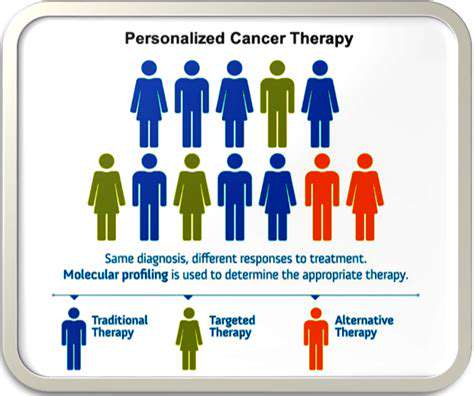Improving Targeting and Specificity
Refining Gene Editing Delivery Vectors
One key aspect of overcoming delivery challenges in gene editing is the meticulous design and selection of delivery vectors. These vectors, often viruses or synthetic nanoparticles, act as carriers for the gene-editing machinery. Precise control over their targeting ability and specificity is crucial. Modern research is focused on developing vectors that can selectively home in on specific cell types within the target tissue, minimizing off-target effects and maximizing the efficiency of gene editing. This involves tailoring the vector's surface properties and incorporating targeting ligands that bind to receptors expressed on the desired cells.
Furthermore, the development of more sophisticated delivery systems that can evade the body's immune response is essential. This is critical for ensuring that the gene-editing machinery is not recognized as foreign and destroyed, thereby maximizing the time the delivery system remains functional and the gene-editing process can occur. This requires a deep understanding of the immune system's response to the delivery vector and the development of strategies to either mask the vector or actively suppress the immune response.
Optimizing Gene Editing Machinery for Targeted Delivery
Beyond refining delivery vectors, optimizing the gene editing machinery itself is crucial. This encompasses improvements in the design of the CRISPR-Cas9 system or other gene editing tools, including the design of gRNAs (guide RNAs). Researchers are exploring methods to enhance the specificity of gRNAs to reduce off-target effects. This involves using more sophisticated algorithms and computational approaches to design gRNAs that minimize the risk of unintended edits in the genome. These advancements are critical to ensure the safety and efficacy of gene editing therapies.
Another aspect involves developing strategies to enhance the efficiency of the gene editing process itself. Improving the delivery method and the design of the gene editing tools will not guarantee the desired outcome if the method of incorporating the corrected genetic material is not optimized. The goal is to maximize the efficiency of the gene editing process in the target cells, which requires a deeper understanding of the cellular mechanisms involved in DNA repair and integration. This will help in developing more effective and safe gene editing therapies.
The development of strategies to improve the stability and longevity of the gene-edited cells is another key aspect of this research. Understanding how to improve the long-term maintenance of the gene edit is critical to the success of many gene therapies. This involves examining ways to ensure the edited genes remain functional and stable over time. This is important to prevent reversion to the original gene and to maintain the desired therapeutic effect.
Decentralized control in edge computing for smart homes dramatically improves real-time responses to user input and environmental changes. Instead of relying on a central server located potentially miles away, data processing and decision-making happen closer to the source. This proximity translates directly into faster reaction times to user commands, allowing for a more responsive and immediate experience. Imagine adjusting the thermostat in your living room, and the change takes effect almost instantaneously, rather than waiting for a server to process the request and send back a confirmation. This immediate feedback loop is crucial for seamless and intuitive interactions within the smart home ecosystem.
